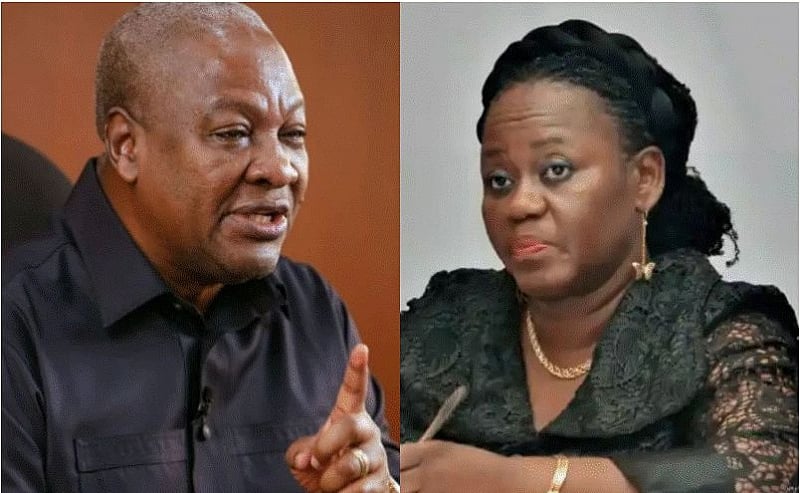The removal of Chief Justice Gertrude Araba Esaaba Sackey Torkonoo from her position sent shockwaves through Ghana’s legal and political landscape. President John Dramani Mahama took the decisive action based on the recommendations of a committee established to investigate a petition alleging misbehavior. This petition, filed by Daniel Ofori, marked a critical juncture in the nation’s judicial history.
The process leading to the Chief Justice’s removal adhered to the constitutional provisions outlined in Article 146. Following the submission of the petition, a prima facie case was established after consultations with the Council of State. This led to the Chief Justice’s suspension on April 22nd and the subsequent formation of a five-member committee tasked with conducting a thorough inquiry into the allegations. The committee’s mandate was to meticulously examine the evidence presented by both the petitioner and the Chief Justice, ensuring a fair and impartial process.
The committee, chaired by Supreme Court Justice Gabriel Scott Pwamang, embarked on a comprehensive investigation, receiving extensive testimony and documentary evidence. Mr. Ofori, the petitioner, presented his case with the support of thirteen witnesses. The Chief Justice, in her defense, called upon twelve witnesses, including expert testimonies, to refute the allegations against her. The sheer volume of evidence, amounting to approximately 10,000 pages of documents, underscored the complexity and gravity of the situation.
Justice Pwamang emphasized the meticulous nature of the committee’s proceedings. Although the hearings were conducted in-camera, as mandated by the Constitution, he clarified that they were not secret. The in-camera format was deemed necessary to maintain the integrity of the process and allow for a focused examination of the evidence without external pressures or influences. The committee’s objective remained clear: to assess the evidence impartially and provide recommendations based solely on the merits of the case.
Following an exhaustive review of the evidence, the committee concluded that the grounds for stated misbehavior, as outlined in Article 146(1) of the Constitution, had been established. This finding ultimately led to the recommendation for the Chief Justice’s removal. The President, acting in accordance with Article 146(9), accepted the committee’s recommendation and subsequently removed Chief Justice Torkonoo from office with immediate effect.
The removal of a Chief Justice is a rare and significant event with far-reaching implications for a nation’s judicial system. This particular case, with its intricate legal processes and substantial body of evidence, highlighted the importance of upholding the principles of accountability and due process. While the specifics of the allegations and the evidence presented remain confidential due to the in-camera nature of the proceedings, the outcome underscores the gravity of the situation and the commitment to maintaining the integrity of the judiciary.


